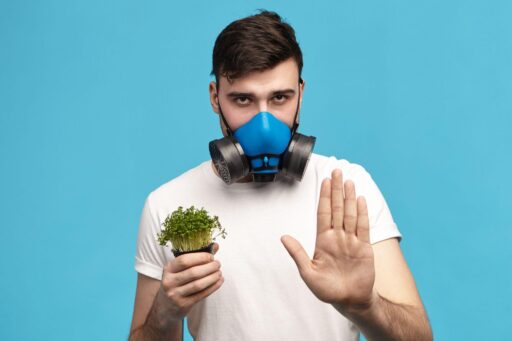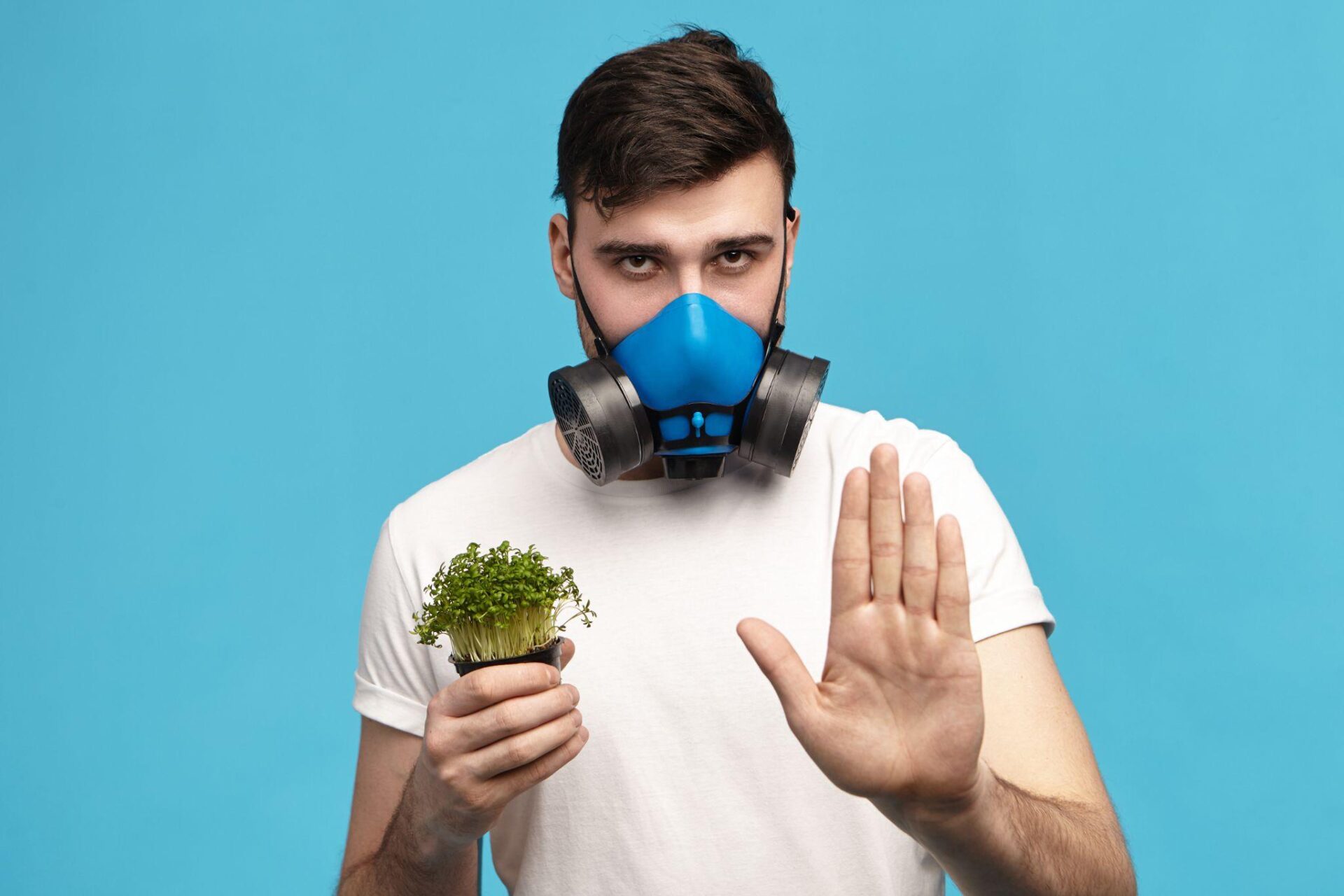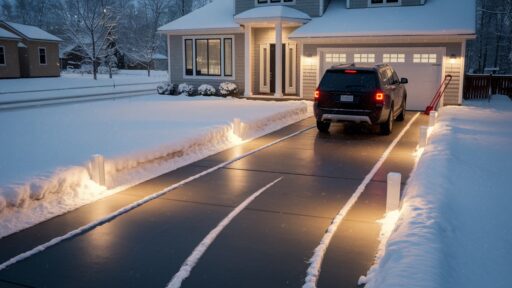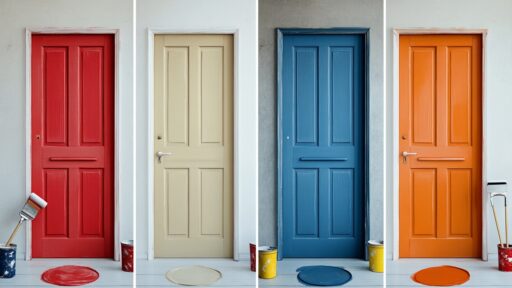It is of great importance to keep warm or to be warm during cold seasons. However, there are several health hazards like carbon monoxide (CO) poisoning, fire, electrical damage and more when improper use of heating equipment are reported. So you should take home heating safety seriously no matter how or what you heat.
For any emergency heating services, always find an HVAC installation company you can trust.
Here, in this post, we’re going to discuss the dangers of CO, how to prevent exposure from happening, ways to ensure your household is as protected as possible, and other heating safety tips
Understanding the Dangers of Carbon Monoxide (CO)
CO is an odorless, colorless gas. It is a toxic gas as it combines with haemoglobin in the blood, thus preventing the red corpuscles from carrying oxygen to the tissues and organs. This, in turn, results in hypoxia and possibly death.
CO is generated from the inefficient burning of gas/oil furnaces, fireplaces, and stoves.
When inhaled, this gas can bring a lot of health hazards to people. The following symptoms are associated with CO poisoning:
- Nausea
- Headache
- Confusion
- Dizziness
- Death
Annually, there are more than 100,000 ED visits for unintentional CO exposure and >14,000 CO poisoning hospital admissions.
How to Prevent Carbon Monoxide Poisoning
Place CO detectors in various locations around the house, particularly near bedrooms. Monthly testing when the alarm is active with annual replacement of battery is a necessity to maintain around-the-clock protection. Have an HVAC pro with the proper licenses check your heating unit each year.
Vent your heating system appropriately. Examine all air vents, and verify that heating systems are in operation in homes and offices.
Do not run gas generators or gas-powered vehicles inside. Make sure the intake or vent pipes are not plugged. Sometimes, if the obstruction is symbolic, as it is entirely within the vent pipe, residue of the obstruction is visible, indicating sulfur deposits.
General Heating Safety Tips for Every Home
Home heating safety isn’t complicated. Keep these tips in mind.
Maintain a 3-foot clear area around all heating equipment, cleared of anything that can burn, including furniture, drapes and books. And inspect your heating equipment and replace it when necessary.
Other heating safety tips include erecting a safety barrier to keep kids and pets away from your heat source. Do not utilize an extension cord with your heaters. Plug directly into the wall. They’re typically high-powered and would get hot if you tried to hook them up to an extension cord.
Fireplace and Wood Stove Safety
Professional chimney cleaning and inspection should be done at a minimum of once per year. Use a fireplace screen to prevent sparks from spreading to the living area. Feed the fireplace dry seasoned wood, and you will reduce the smoke and creosote. Do not burn your trash in the fireplace.
Never walk away from a fire. Before you leave the room, be sure that they are fully extinguished. Keep a fire extinguisher nearby in case of an emergency.
To keep animals and other trash out of the vent space, top it with a chimney cover.
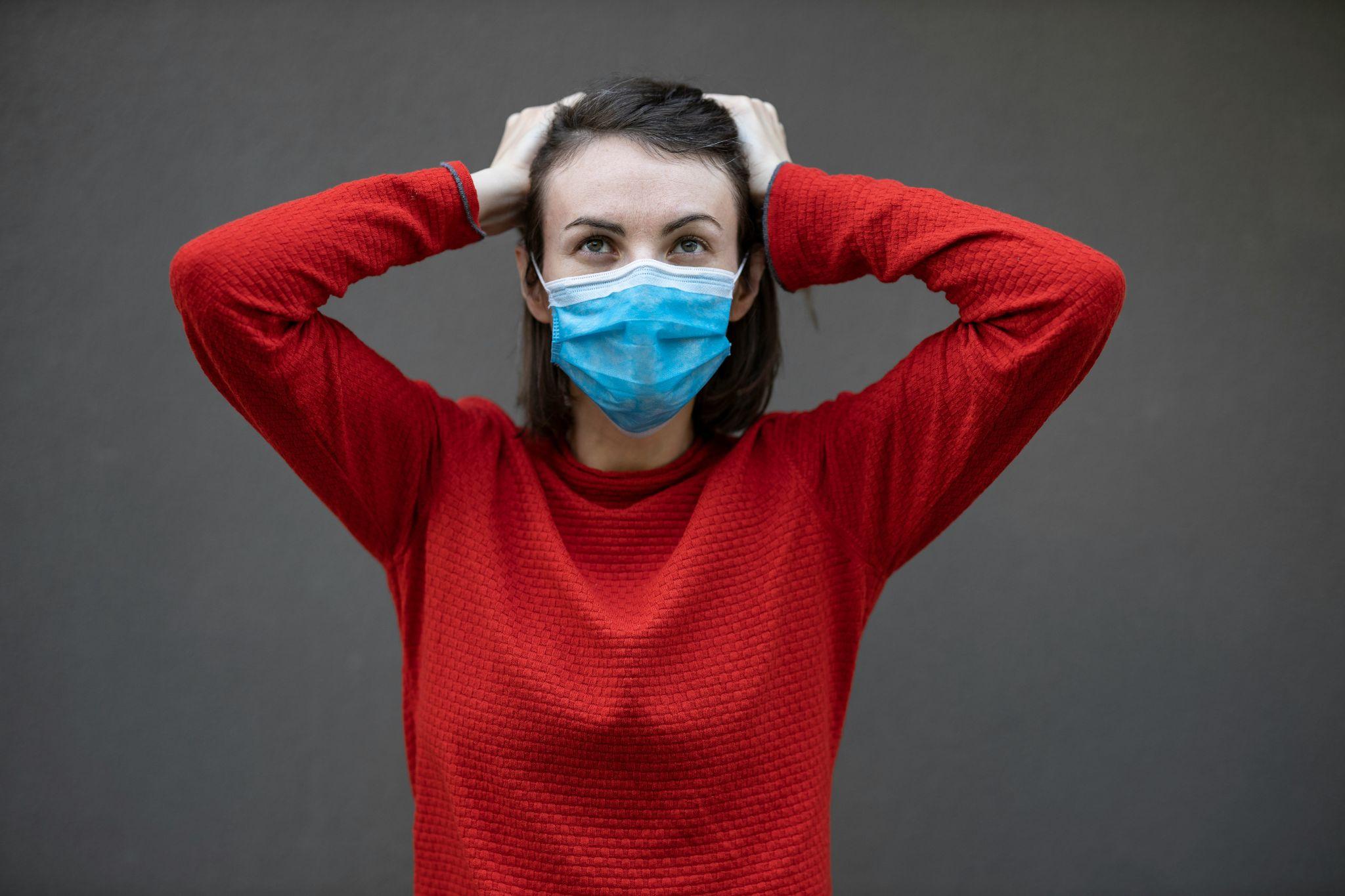
What to Do If You Suspect a Problem
If your CO alarm sounds or you experience symptoms of CO poisoning, get outside and call for help. Should you observe an issue with the heating system, then turn the system off and get a heating service company to come and take a look at it.
Do not ignore any evidence of gas leakage. If you smell anything strange, open the windows and call in a professional to test your home. And just in case of a power outage or emergency, have a flashlight and your emergency numbers nearby.
Evacuate the area, and don’t go back in until an expert has inspected it.
Chill Heating & Cooling service can help you with leaking heating systems or freezing systems. So reach out for help.
Educating Family and Housemates
Educating other family members and housemates about the hazards of CO and how to manage systems makes it a safe place even when you are out of the house. Educate family members and friends about the symptoms of CO poisoning and have them call 9-1-1 if they experience any of the symptoms. Demonstrate what happens if the alarm on the CO detector sounds or if your children come across a sounding alarm. Practice fire safety exercises with family and housemates.
All should know how to operate the fire extinguisher and evacuate in case of emergency. Suggest tips on heating safety, too — like keeping anything that burns away from a heat source and not leaving a fire unattended.
The heaters should be protected, and children should be trained to never run the fireplace and the heaters alone.
In conclusion
Home heating safety is not solely about the fire and carbon monoxide poisoning that can come from stoves. Being on guard for CO detection, servicing your HVAC system, and teaching your family to stay safe are only a few ways lives and property can be saved.
The measures outlined are vital to safety and heater safety.
What other heating safety precautions do you observe to warm your home or office?

